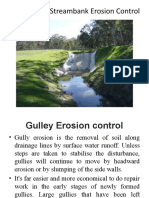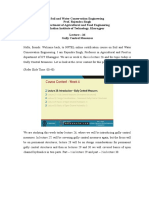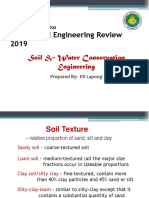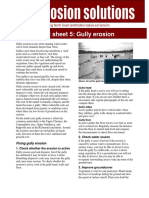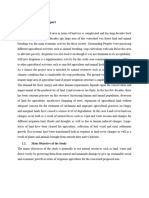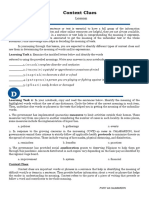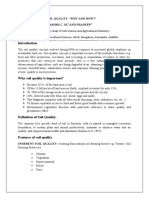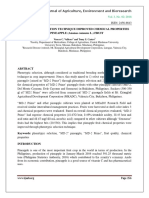0% found this document useful (0 votes)
46 views10 pagesGully Control
The document discusses gully erosion, a significant form of soil erosion characterized by concentrated surface runoff that forms channels or valleys. It outlines the stages of gully development, classification based on size and shape, and principles and measures for gully control, emphasizing the importance of managing runoff to prevent gully formation. Various biological and engineering control measures are presented, including temporary and permanent structures to stabilize and manage gullies effectively.
Uploaded by
akashykumar2300Copyright
© © All Rights Reserved
We take content rights seriously. If you suspect this is your content, claim it here.
Available Formats
Download as PDF, TXT or read online on Scribd
0% found this document useful (0 votes)
46 views10 pagesGully Control
The document discusses gully erosion, a significant form of soil erosion characterized by concentrated surface runoff that forms channels or valleys. It outlines the stages of gully development, classification based on size and shape, and principles and measures for gully control, emphasizing the importance of managing runoff to prevent gully formation. Various biological and engineering control measures are presented, including temporary and permanent structures to stabilize and manage gullies effectively.
Uploaded by
akashykumar2300Copyright
© © All Rights Reserved
We take content rights seriously. If you suspect this is your content, claim it here.
Available Formats
Download as PDF, TXT or read online on Scribd
/ 10








